
PPT D4 Depressants PowerPoint Presentation, free download ID2108440
Carrying out gas-liquid chromatography. All forms of chromatography involve a stationary phase and a mobile phase. In all the other forms of chromatography you will meet at this level, the mobile phase is a liquid. In gas-liquid chromatography, the mobile phase is a gas such as helium and the stationary phase is a high boiling point liquid.

Gas Liquid Chromatography YouTube
Gas Liquid chromatography Liquid stationary phase Gas mobile phase Liquid stationary phase is; - Coated on an inert solid support which can be wettable with the liquid stationary phase (Eg: Packed columns) - Made into a fused silica capillary column - Sample should be volatile to move with the gas mobile phase.
.PNG)
Chromatography Presentation Chemistry
PDF | Gas Liquid Chromatography, Is a technique used to separate and identify the components of a mixture. Works by allowing the molecules present in. | Find, read and cite all the research you.

Gas Chromatography Alat Uji
Gas - liquid chromatography is a form of partition chromatography in which the stationary phase is a film coated on a solid support and the mobile phase is an inert gas like Nitrogen (N2) called as carrier gas flowing over the surface of a liquid film in a controlled fashion. The sample under analysis is vaporized
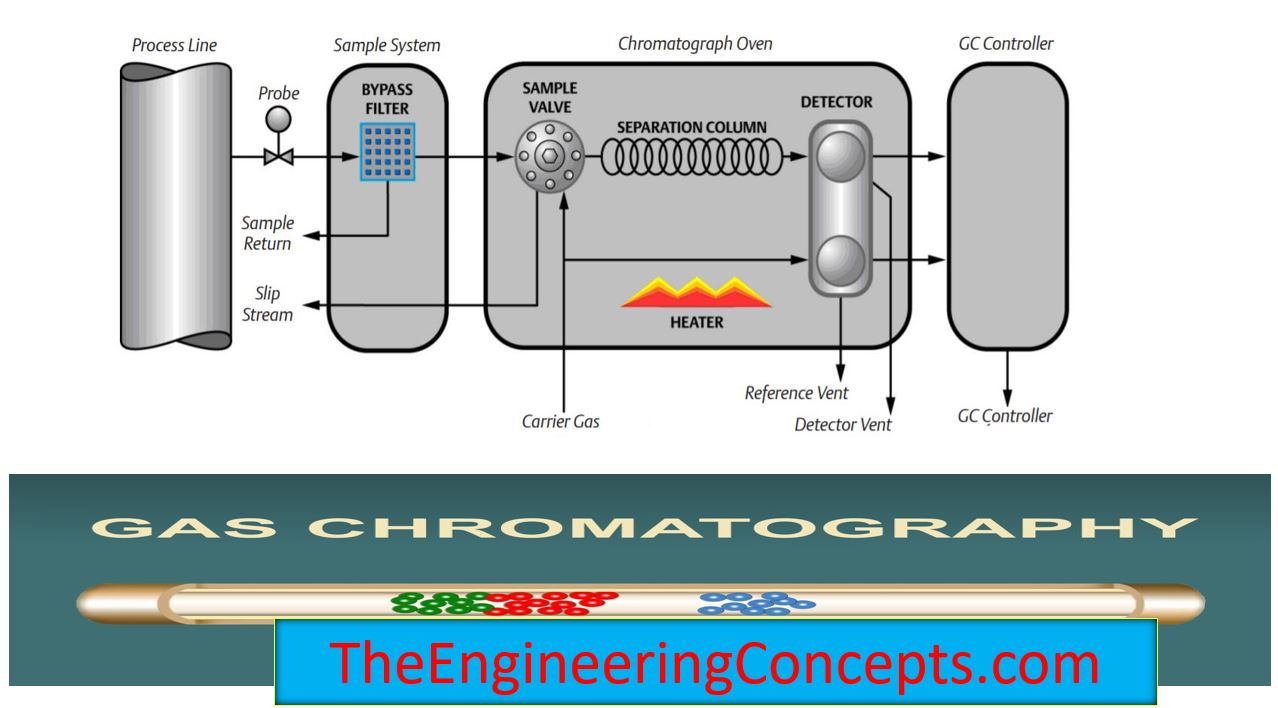
Gas Chromatography Diagram
Abstract. Gas chromatography (GC) is a common kind of chromatography used as a piece of analytical science for segregating and investigating exacerbates that can be vaporized without.
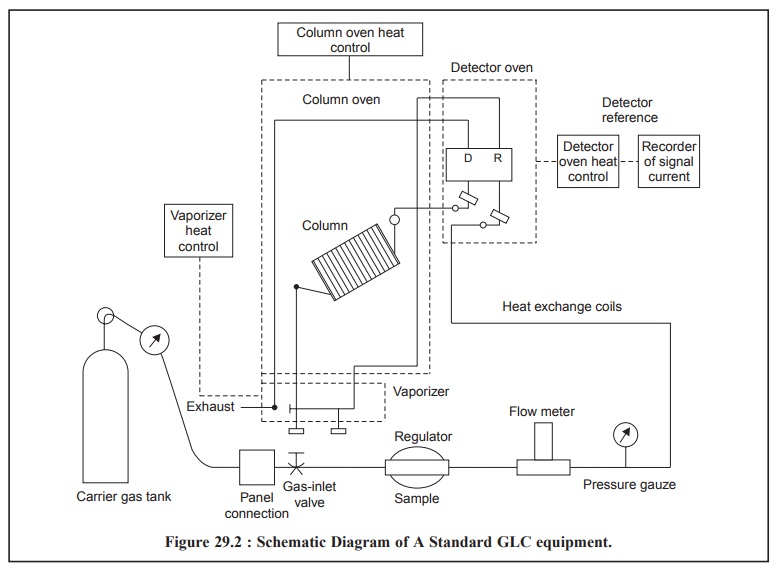
Gas Liquid Chromatography (GLC) Instrumentation
Gas chromatography provides a means for the separation of volatile components of either a gaseous, liquid, or solid mixture based on a partitioning of the mixture's vapor components between two phases. One phase (the stationary phase) is a stationary bed of small particles through which the vapor component travels.
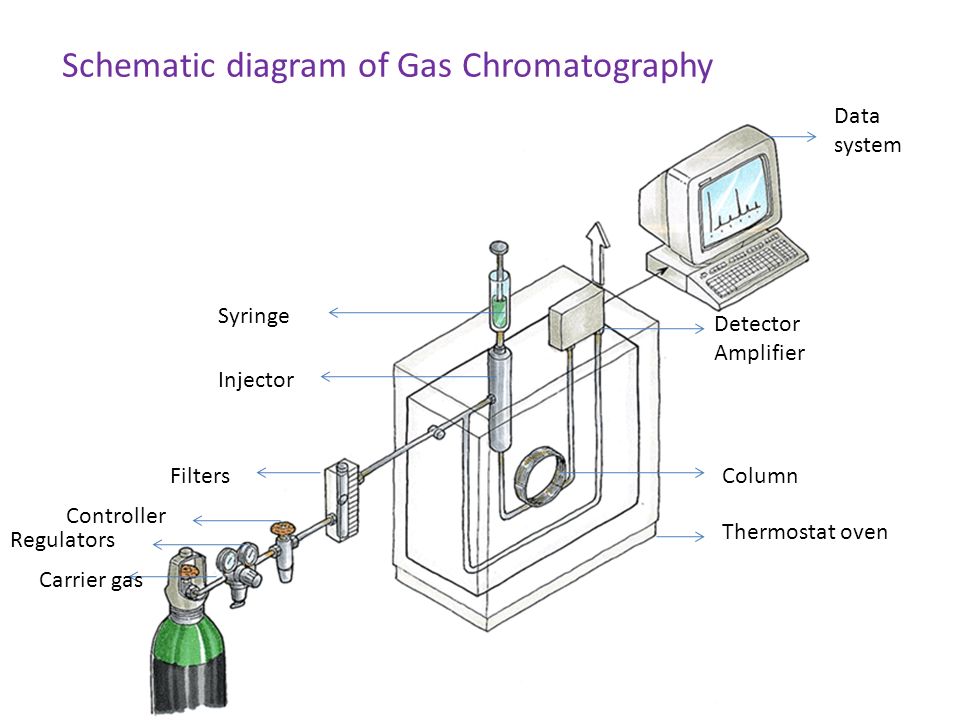
[28+] Schematic Diagram Of Gasliquid Chromatography im7 blog
Mass Spectrometry is an analytical technique that forms ions from atoms or molecules and measures their mass-to-range (m/z) ratios in gas phase. Mass Spectrometry can provide information about molecular and elemental composition and also quantify the abundance of individual chemical components. It is highly selective techniques, meaning that it.
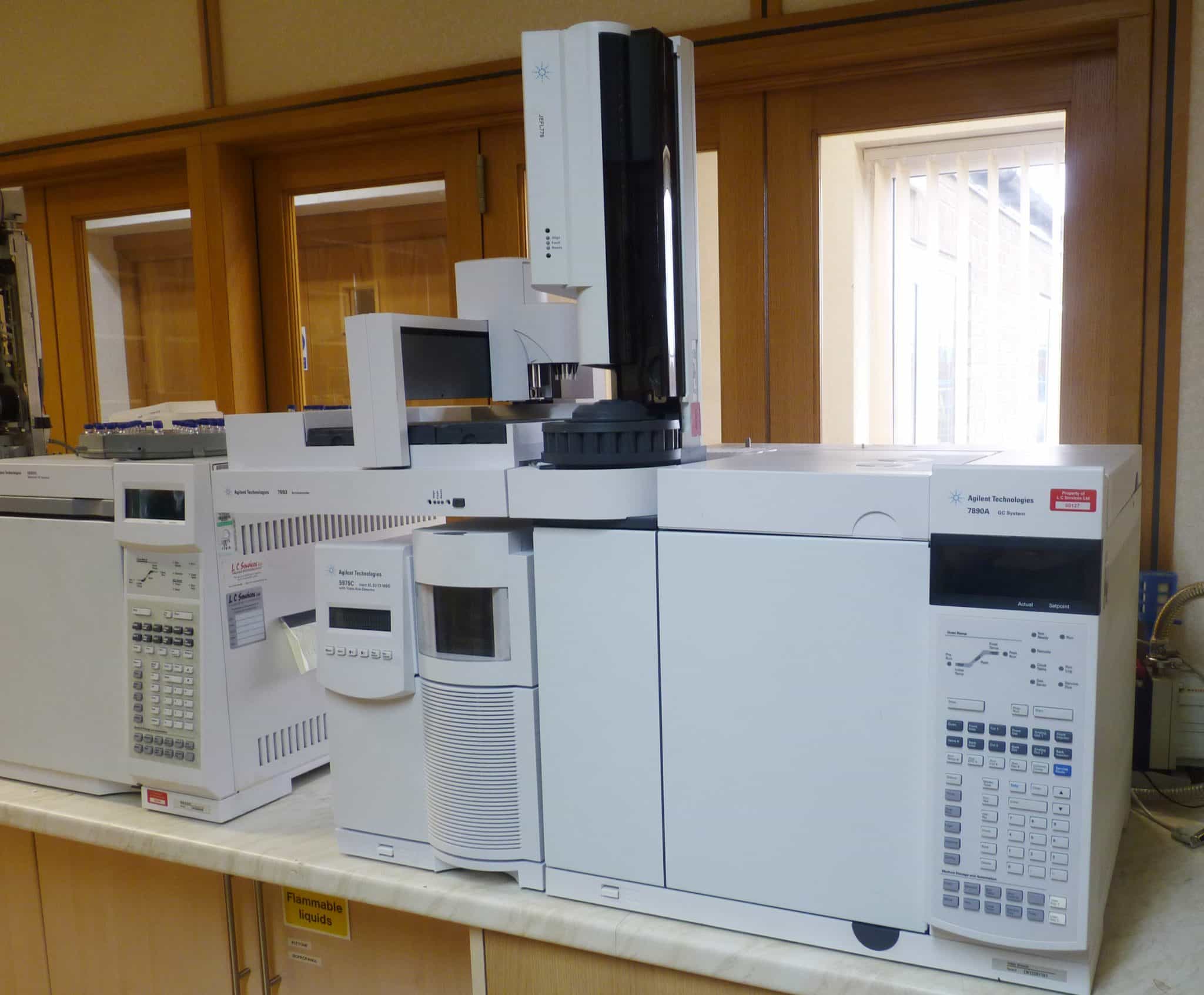
Liquid Chromatography vs Gas Chromatography LC Services
A gas chromatograph (GC) is an analytical instrument that measures the content of various volatile components in a sample. The analysis performed by a gas chromatograph is called gas chromatography. Principle of gas chromatography: The sample solution injected into the instrument enters a gas stream which transports the sample into a separation.

(PDF) Gas Liquid Chromatography
What Gas Chromatography Is 1 Fundamentals of GC 11 The System A gas chromatographic system consists of: • A regulated and purified carrier gas source, which moves the sample through the GC • An inlet, which also acts as a vaporizer for liquid samples • A column, in which the time separation occurs • A detector, which responds to the components as they occur

[Get 31+] Gas Chromatographymass Spectrometry Schematic Diagram
See Full PDFDownload PDF. GAS LIQUID CHROMATOGRAPHY MAGENDIRA MANI ASSISTANT PROFESSOR ISLAMAIAH COLLEGE VANIYAMBADI [email protected] f GAS LIQUID CHROMATOGRAPHY Gas liquid chromatography (GLC), is a common type of chromatography used in analytical chemistry for separating and analyzing compounds that can be vaporized without decomposition.
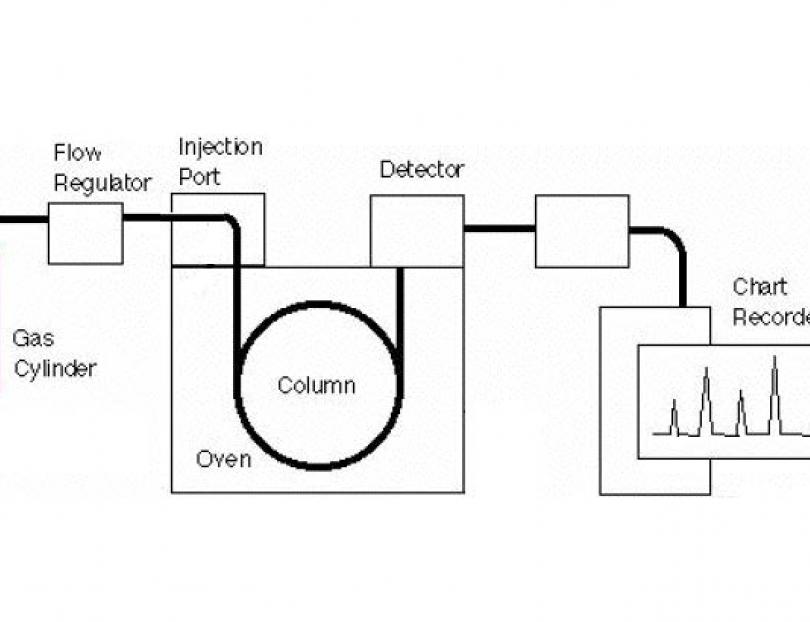
Gas Chromatography Instrumentation Diagram
A. Introduction to Chromatography. 1. Chromatography. Chromatography is the general name for a number of very powerful methods for separating compounds to purify and identify them. Common chromatographic methods include: thin layer chromatography, column chromatography, high-performance liquid chromatography (HPLC), and gas chromatography (GC).
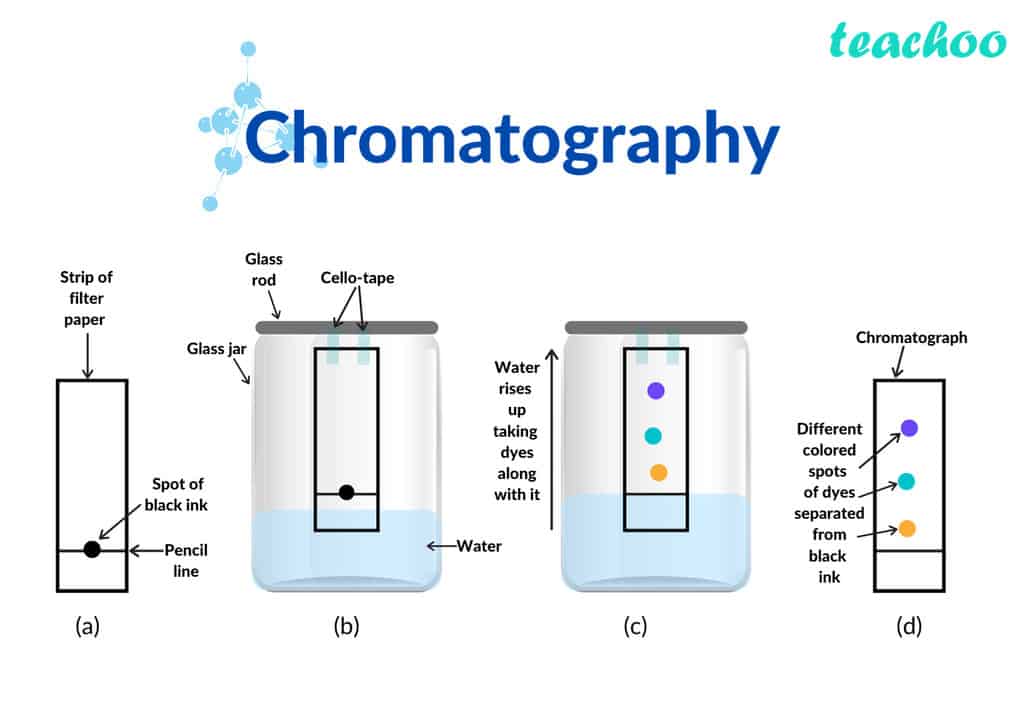
What is Chromatography? Gas Liquid Chromatography, HPLC Chemical Separation Techniques
Gas chromatography is different from liquid chromatography because the mobile phase is essentially inert, and thus, is only used to carry the vapors; the vapors do not interact with the carrier gas. In LC, the liquid phase also interacts with molecules. Gas chromatography is advantageous because very small sample sizes can be used with minimal

GAS LIQUID CHROMATOGRAPHY Principles Partition of molecules between
Page ID. Gas chromatography is a term used to describe the group of analytical separation techniques used to analyze volatile substances in the gas phase. In gas chromatography, the components of a sample are dissolved in a solvent and vaporized in order to separate the analytes by distributing the sample between two phases: a stationary phase.
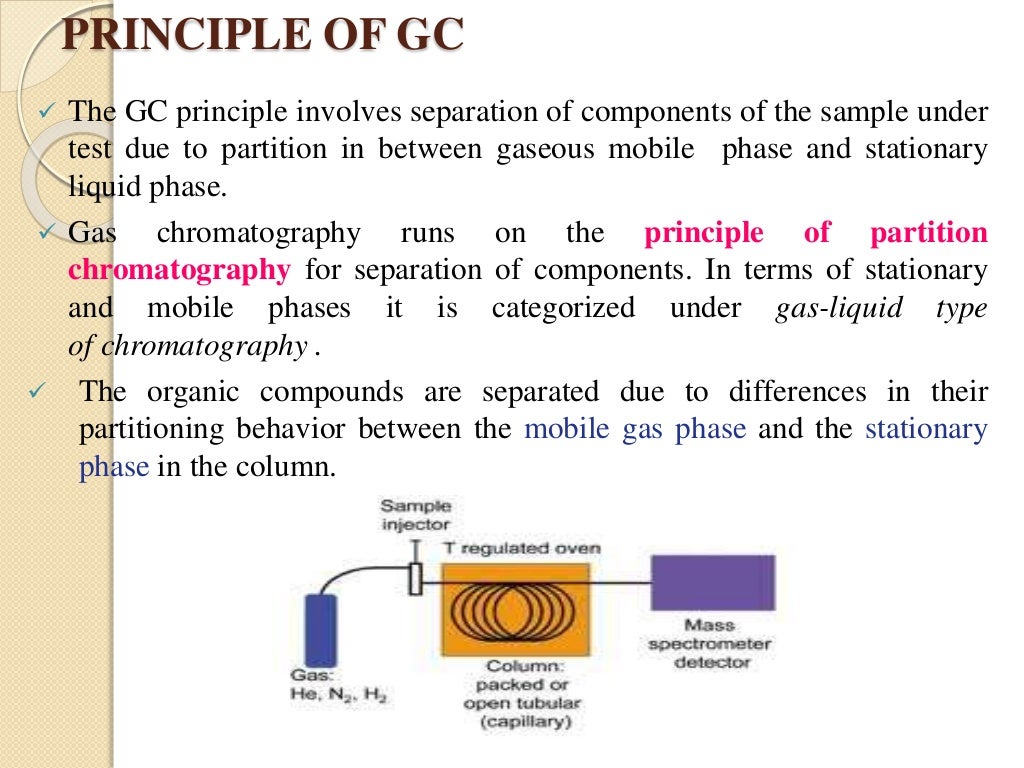
Gas chromatography
GC Structure and Fundamentals. Gas chromatograph is an analytical instrument used to analyze the different components in a sample. An analytical method using a gas chromatograph is called gas chromatography (GC). Table 1: Terminologies and Defnitions of Gas Chromatography. Term. Defnition. Chromatography.

(PDF) Application of Gas chromatography Mass Spectrometry (GC MS) in Food Science and Biotechnology
2.1. Adsorption Chromatography. The stationary phase is a solid on which the sample components are adsorbed. The mobile phase may be a liquid (liquid-solid chromatography) or a gas (gas-solid chromatography); the components distribute between the two phases through a combination of sorption and desorption processes.
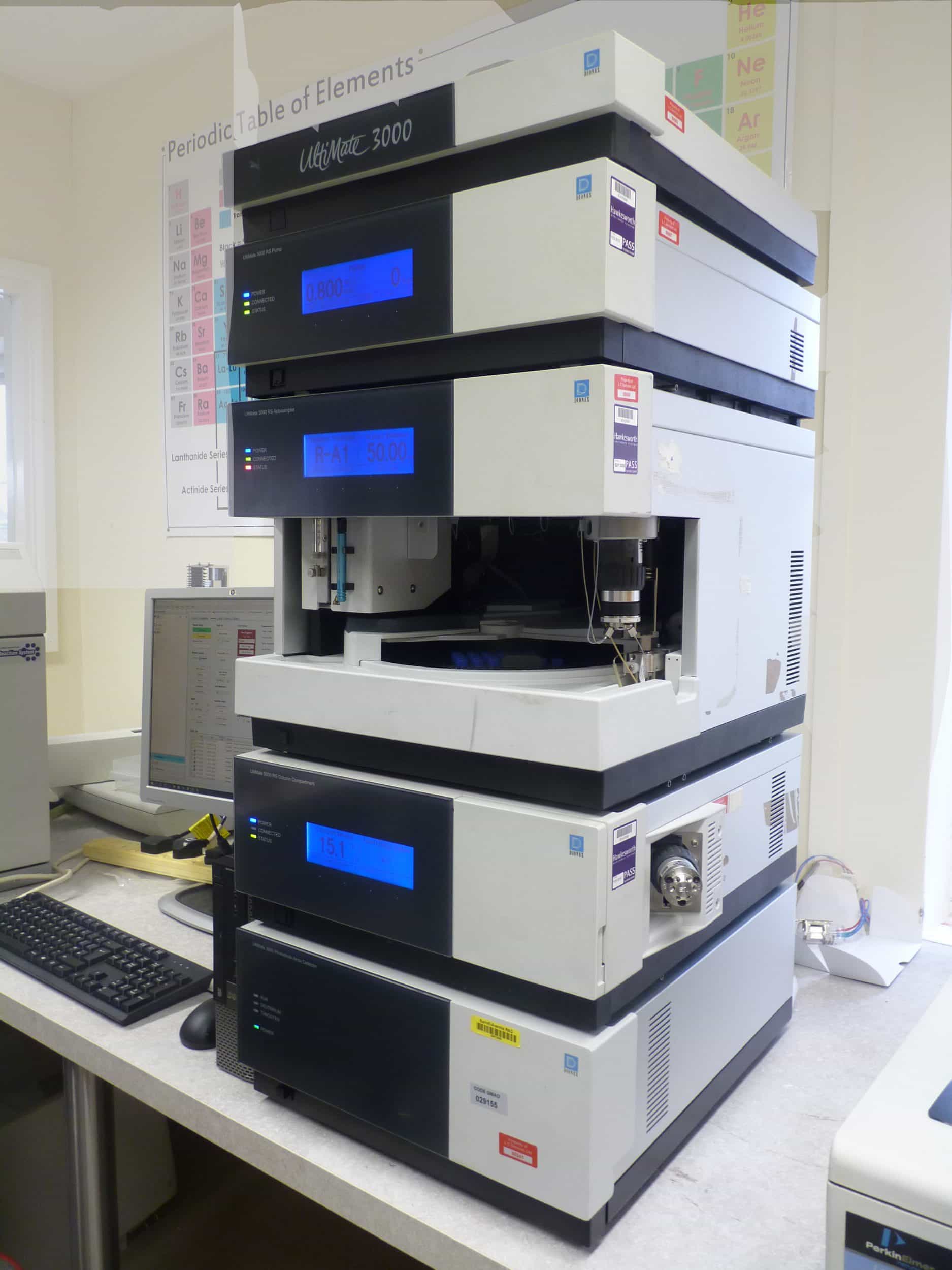
Liquid Chromatography vs Gas Chromatography LC Services
The stationary phase is either a solid adsorbant, termed gas-solid chromatography (GSC), or a liquid on an inert support, termed gas-liquid chromatography (GLC). Gas chromatography is an.